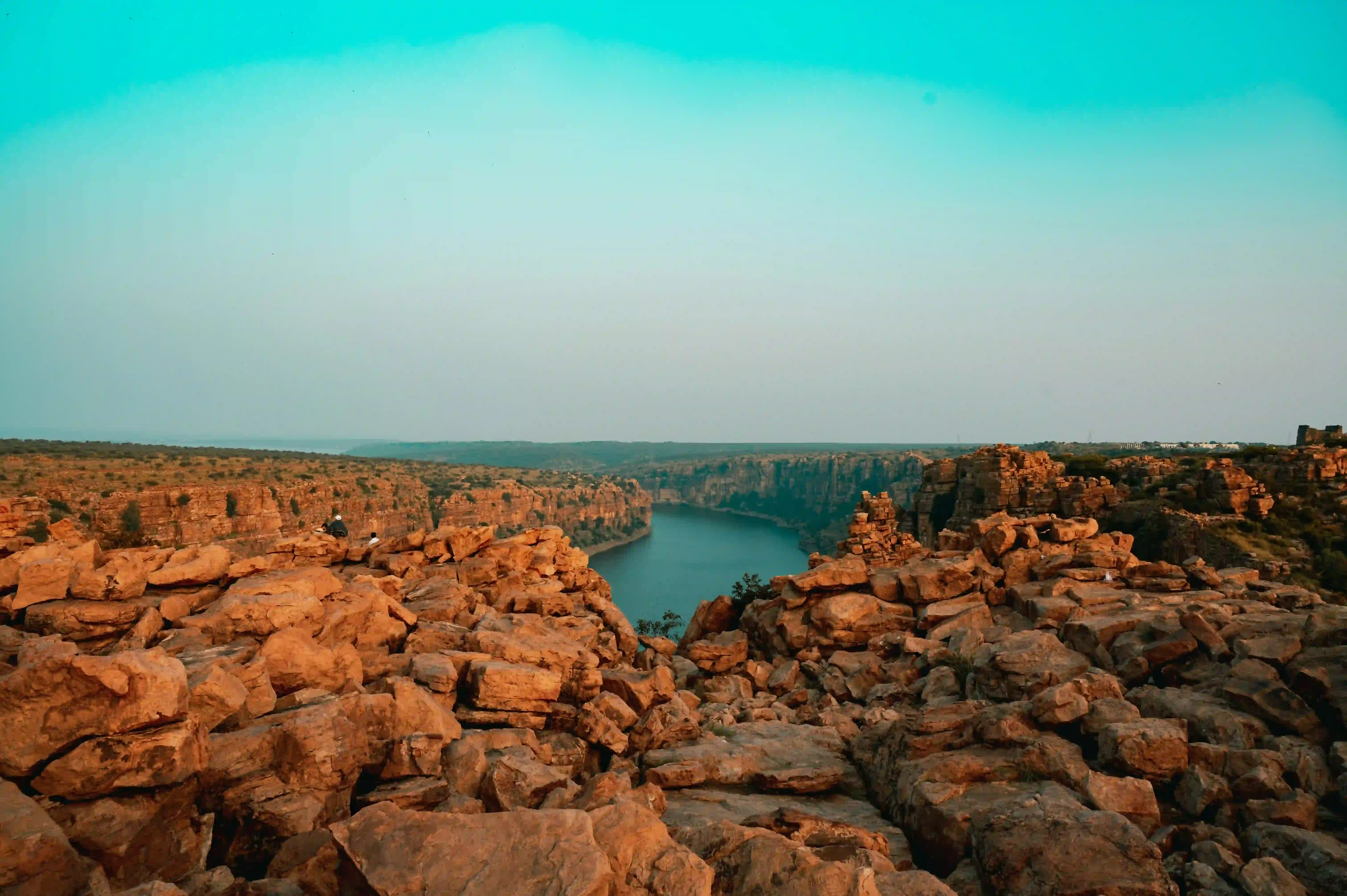The Kachari Ruins in Dimapur stand as a profound testament to the rich and complex history of the Dimasa Kachari Kingdom, a civilization that flourished in northeastern India between the 10th and 13th centuries. These remarkable archaeological remnants offer a fascinating glimpse into a sophisticated society that developed a unique cultural and architectural legacy in a strategically important region.
The site's most distinctive feature is its collection of meticulously crafted stone monoliths, which range from cylindrical to mushroom-shaped pillars. These structures, some reaching heights of 12 feet, are not merely architectural curiosities but complex cultural artifacts that reflect the artistic and spiritual sophistication of the Kachari people. Carved from sandstone with intricate geometric patterns and symbolic representations of lotus, peacock, and horse, these monoliths suggest a rich symbolic language that remains only partially understood by contemporary researchers.
Historically, the Kachari Kingdom represented a powerful political and cultural entity in the northeastern landscape. Of Tibeto-Burman origin, they established Dimapur as their capital, strategically positioned near the Dhansiri River. The kingdom's influence extended across a significant portion of the region, with their social and political structures demonstrating remarkable complexity for their time. Their gradual decline, precipitated by continuous invasions and internal conflicts, did not diminish the enduring cultural significance of their archaeological remains.
Archaeological investigations have revealed multiple interpretative narratives about the site's purpose. Some scholars propose that the monoliths served as memorial stones for prominent community members, while others suggest they were integral to religious ceremonies, potentially connected to Shaivite traditions. The architectural layout, once fortified by three walls and the natural barrier of the River Dhansiri, indicates a sophisticated understanding of defensive strategies and urban planning.
The artistic expressions embedded in the Kachari Ruins provide profound insights into the civilization's cultural worldview. The intricate carvings and architectural elements reveal a society with sophisticated aesthetic sensibilities, capable of transforming stone into narratives of spiritual and social significance. These stone monuments transcend mere physical structures, functioning as silent chronicles of a civilization's spiritual and artistic evolution.
Local legends further enrich the site's mystique, including stories of a legendary king named Dimapur, purportedly born of a Naga princess and a Chinese prince. Such narratives, while difficult to verify historically, contribute to the cultural mythology surrounding the site and underscore the complex cultural interactions that characterized the region during medieval times.
Despite centuries of neglect and environmental challenges, the Kachari Ruins continue to captivate researchers and visitors. They represent more than an archaeological site; they are a living narrative of a civilization's aspirations, beliefs, and cultural achievements. As a critical historical landmark, they offer invaluable insights into the rich, often overlooked cultural tapestry of northeastern India, inviting continued exploration and interpretation.
The significance of these ruins extends beyond their immediate historical context. They serve as a powerful reminder of the region's deep cultural complexity, challenging simplistic narratives about ancient Indian civilizations. By preserving and studying sites like the Kachari Ruins, we gain a more nuanced understanding of India's diverse cultural heritage, appreciating the sophisticated societies that thrived in its diverse geographical landscapes.









